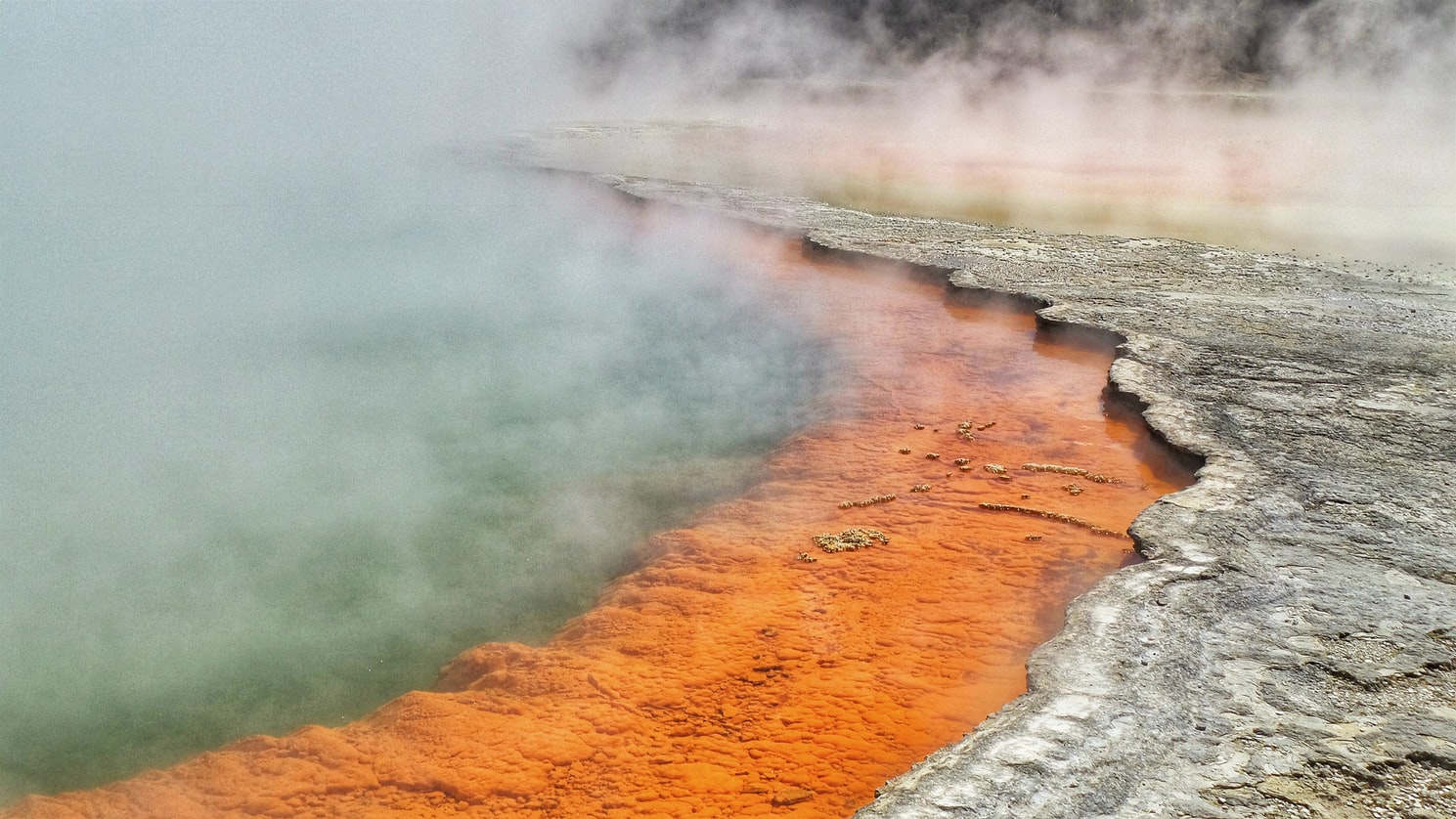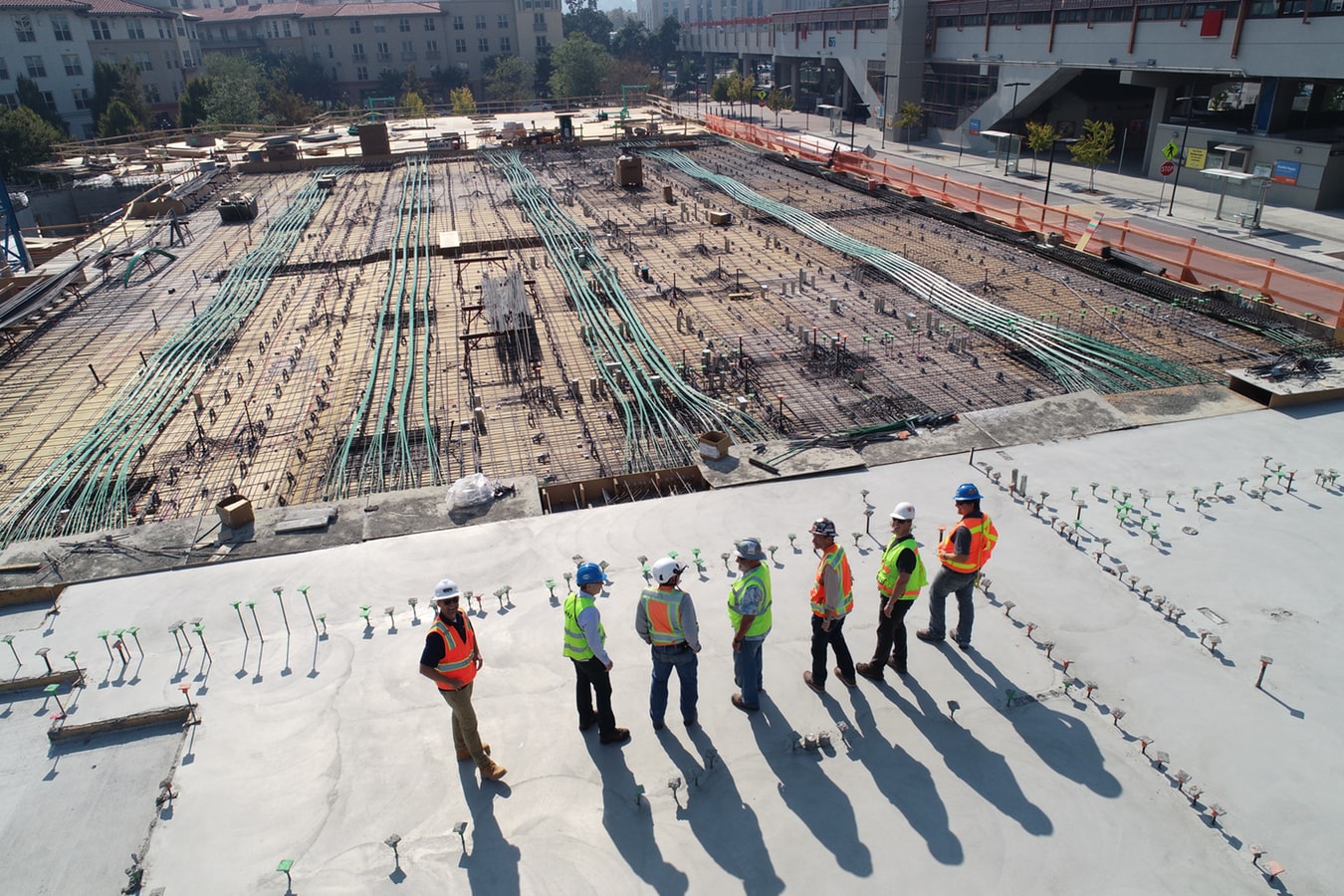Dr Isabelle Chambefort – leader of the GNS next generation geothermal project – explained it like this: “Deep supercritical geothermal refers to super-hot fluids that are found deep within the earth. Supercritical fluids exist at temperatures and pressures above the critical point where distinct liquid and gas phases don’t exist,” she said.
“They exhibit higher heat content and lower density than liquid water and thus have the potential to generate many times more energy than conventional geothermal sources for the same amount of extracted fluid.”
For pure water the supercritical temperature is greater than 374 degrees Celsius, and the fluids being sought are expected to be found at depths greater than 4km.
Worldwide, generating energy from supercritical geothermal is still in the development stage and not without its challenges – although maybe not on the scale posed by the 150 million degrees C needed inside a tokomak.
Chambefort said deep geothermal initiatives were under way in a number of countries. “However, no country is successfully using a supercritical geothermal reservoir. Neither Japan nor Iceland have successfully managed to get their pilot supercritical projects to a stage where they can reliably generate electricity.”
The work in New Zealand was “progressing well”, and included strong partnerships with geothermal teams in a number of countries.
A survey of the field, led by Thomas Reinsch from Germany’s national research centre for solid earth sciences and published in 2017, noted: “A number of serious issues have been encountered while trying to handle and utilise fluids from geothermal reservoirs at temperature and pressure conditions exceeding the supercritical conditions of water.”
Innovative drilling and well completion techniques were needed to deal with the extreme temperatures and aggressive fluid chemistry composition of such systems. Fluids that came from one well in Iceland had been very corrosive and abrasive, the study said.
More than 25 deep wells drilled in geothermal fields had encountered temperatures above 374C. Those wells were in the USA, Japan, Italy, Iceland, Mexico and Kenya.




















































